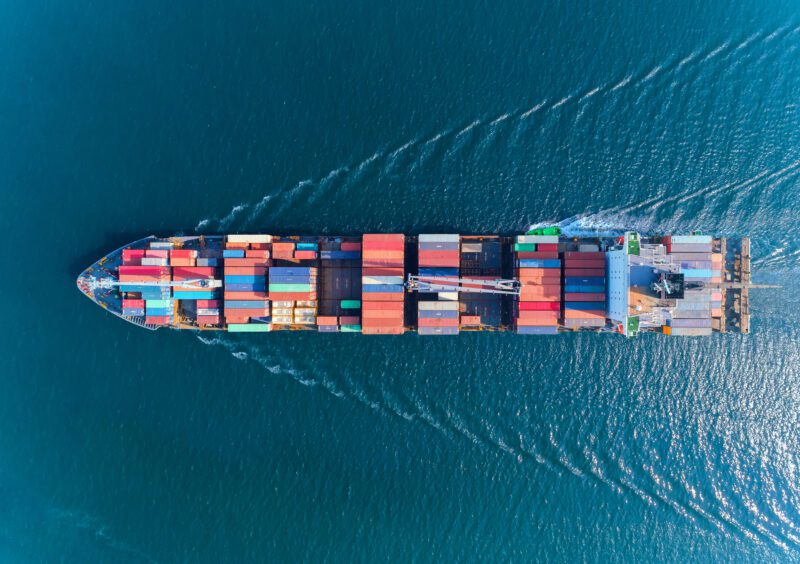Global trade is experiencing a notable slowdown as the influence of frontloading imports diminishes, according to the latest Goods Trade Barometer from the World Trade Organization (WTO). After a robust first half of 2025, which saw a surge in merchandise volumes, the composite leading indicator fell to 101.8 in September, down from 102.2 in June. While the index remains above the baseline value of 100, indicating ongoing expansion, this decline underscores a moderation in the pace of global merchandise trade as the year progresses.
The WTO’s report highlights how the initial surge in trade was driven by frontloading activities, where businesses accelerated imports in anticipation of potential tariff increases. This phenomenon, coupled with rising demand for products related to artificial intelligence (AI), contributed to a 4.9% year-on-year increase in merchandise trade during the first half of the year. However, the organization has revised its full-year growth projection to 2.4% due to expectations of higher tariffs and persistent uncertainties in trade policy impacting the latter half of 2025.
Shipping Metrics Reflect Cooling Trade Environment
Key indicators from the shipping industry corroborate this cooling trend. Over the past three months, both air freight and container shipping indices have declined, with air freight dropping to 102.7 and container shipping falling to 101.7. The barometer indicates this downturn signifies a slowdown in global goods transportation. Notably, the only component index that fell below the baseline was agricultural raw materials, which registered a low of 98.0 and has been in contraction since the beginning of the year. In contrast, automotive products and electronic components have remained stable, holding at 103.0 and 102.0 respectively.
Despite this moderation in growth, there are encouraging signs for the future. The new export orders index has shown improvement, rising to 102.3 after a period of volatility. This increase suggests that while current trade dynamics are cooling, there remains potential for sustained momentum in global exports.
The WTO recognizes that demand for AI-related products could play a significant role in influencing trade performance moving forward. Should this demand continue to grow, it could offset some of the anticipated challenges posed by higher tariffs and trade policy uncertainties.
The WTO’s next comprehensive trade forecast is expected to be released in April 2026, providing further insights into the evolving landscape of global trade. The Goods Trade Barometer, designed to offer real-time insights into trade trajectories, typically forecasts developments two to three months ahead. Readings above 100 signify above-trend trade volumes, while those below indicate a potential drop below expected levels.
In summary, while the first half of 2025 delivered unexpectedly strong results for global trade, the evidence suggests a shift towards more tempered growth as various economic factors come into play.
